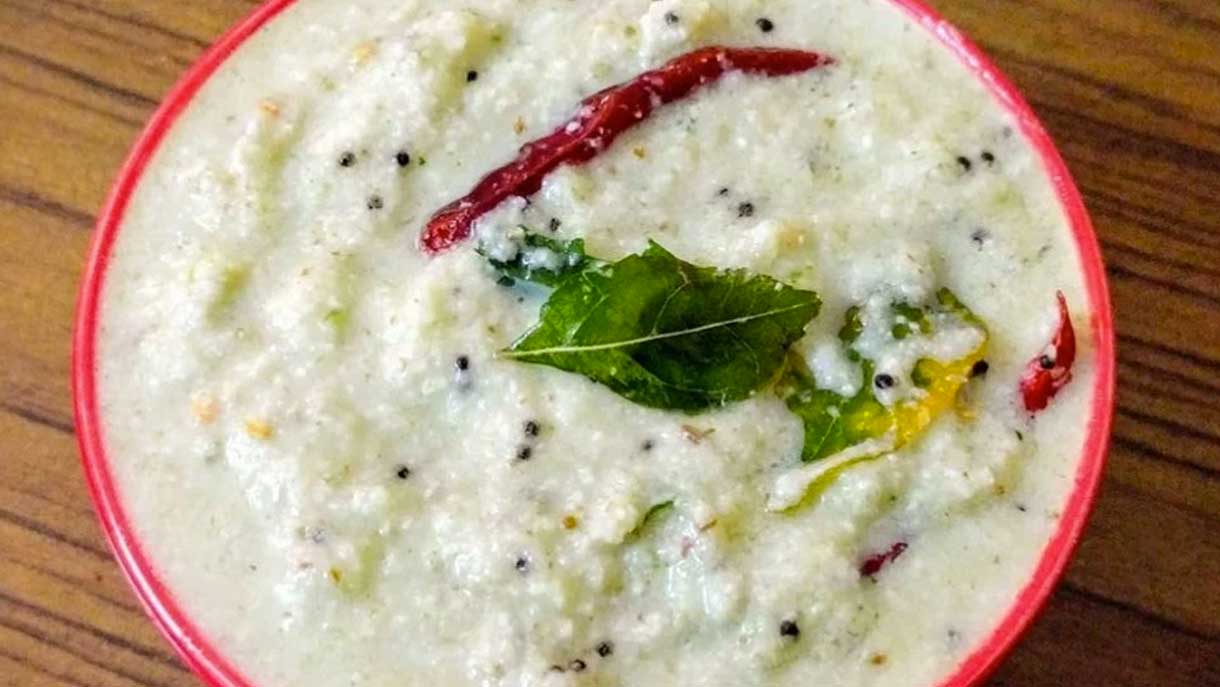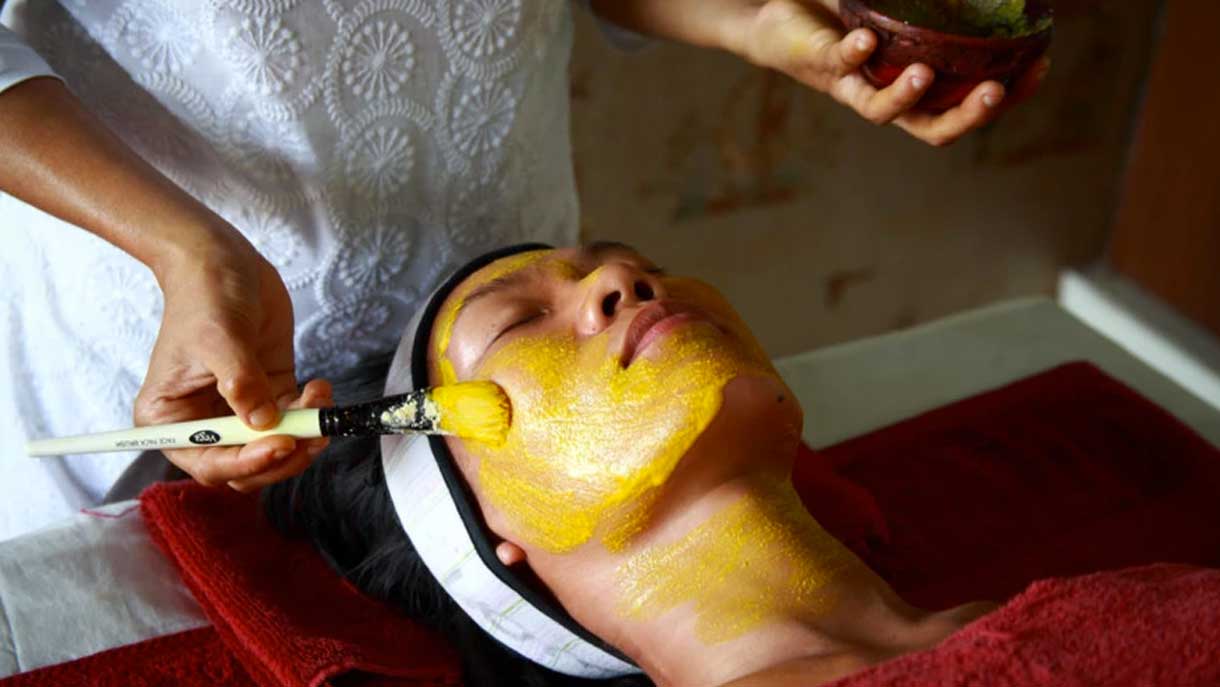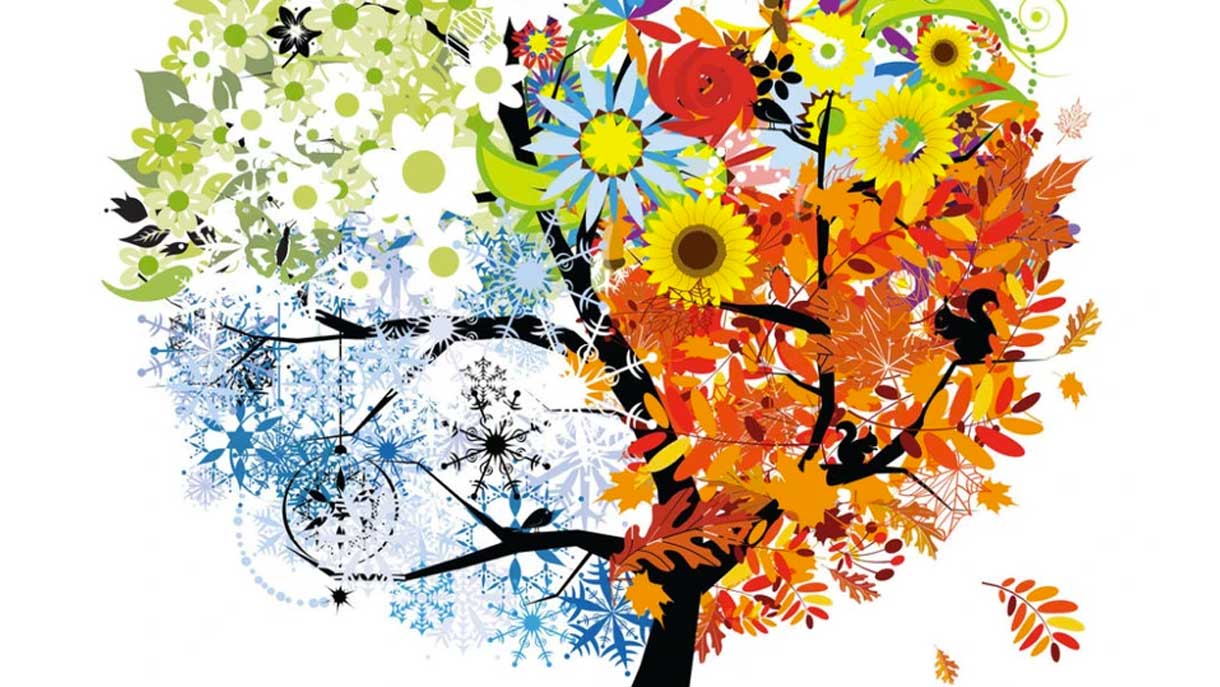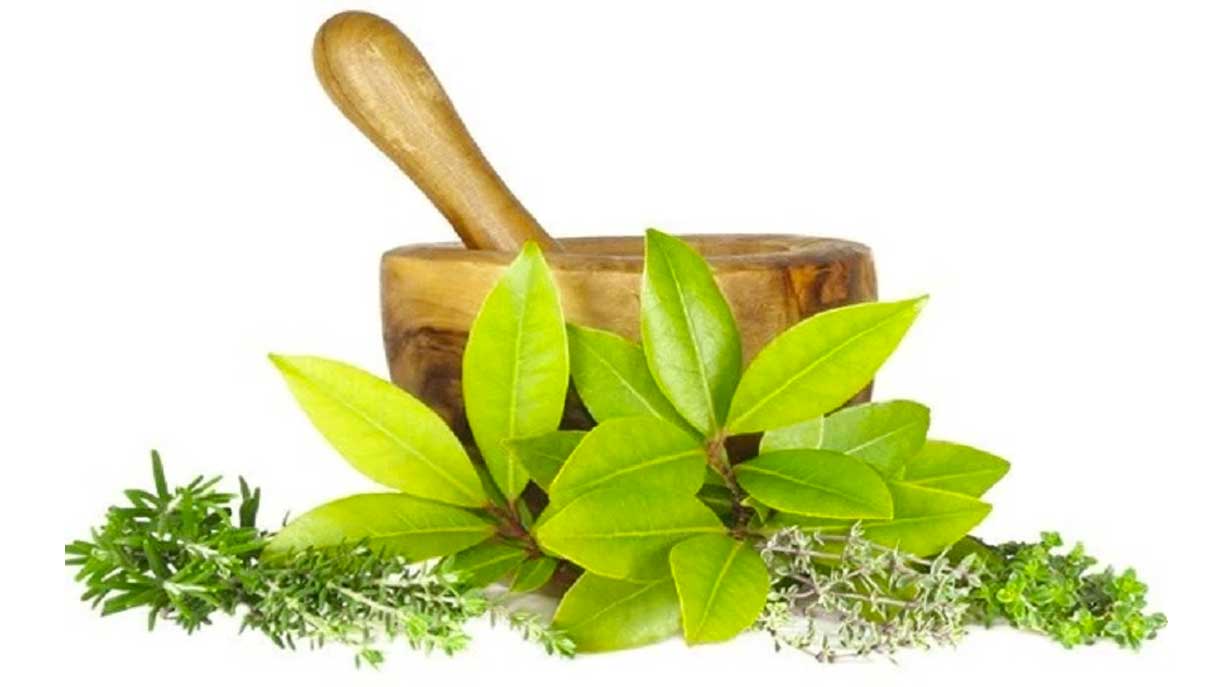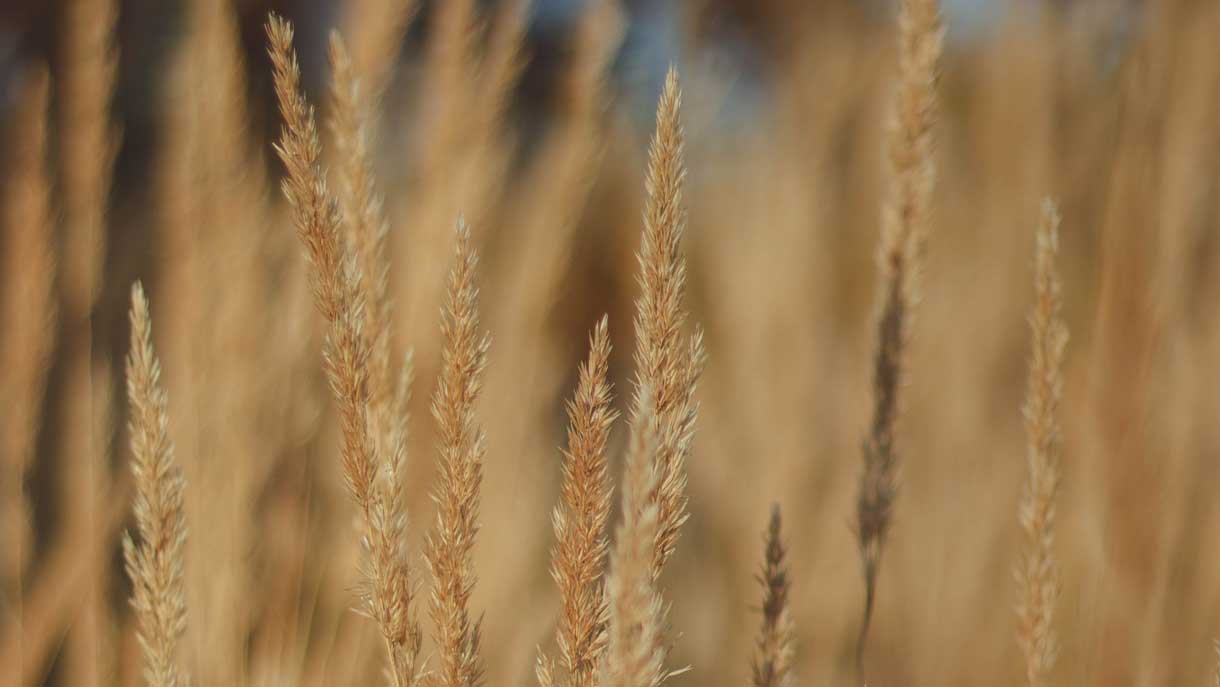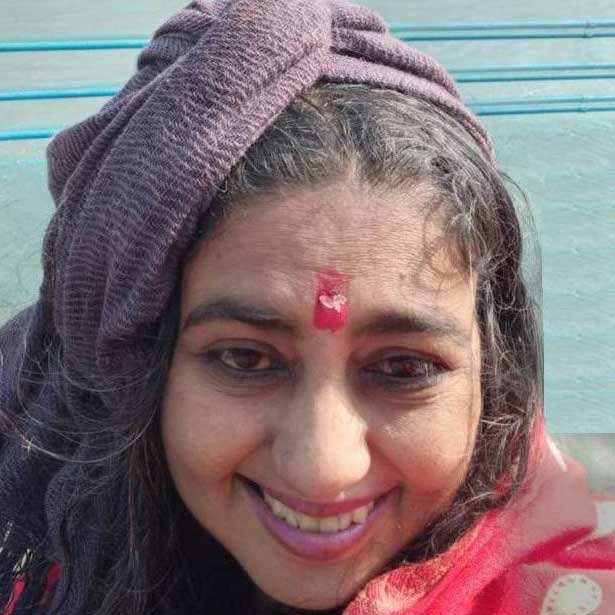The rainy season, during the monsoon from June to September, is an ideal time for ayurvedic treatment because the atmosphere remains cool, moist, and dust free. This helps the body’s pores to open up, making it most receptive to herbal oils and therapy.
The rainy season is beautiful. It gives us respite from the scorching heat and dust of summer. But if it is not handled carefully, it can invite disease and cause bouts of gloominess.
During the rains, a good bath twice a day is essential as the salts stick to the body because of the incomplete evaporation of sweat due to humidity. It can cause irritation and skin inflammation or infectious skin eruptions.
Tips for monsoon comfort
During the monsoons, use lukewarm water and medicated soap for bathing. Never use strongly perfumed talc or antiperspirants. The frequency of hair washes should also be increased. Avoid complicated hairstyles, synthetic clothes and strong perfumes. Make-up should be minimised. If necessary, while going out, use waterproof make-up.
What to eat
Your diet should be carefully chalked out. A good diet scientifically worked out to suit the demands of the weather is very important. Root vegetables such as radish and potatoes should be avoided. Even leafy vegetables such as spinach and cabbage should be completely out of your daily intake because the rainy season is the breeding time for worms and these veggies might carry infection in the form of invisible eggs. Fermented foods also play havoc with health.
Go vegetarian
Meat and fish should be completely eliminated from the diet plan. Grams, gramflour, lentils, almonds, cottage cheese, paneer and sprouts are good sources of protein and minerals. A little butter or pure ghee is recommended if you do not have a weight problem.
Consuming fresh fruits and juices is essential as it cleanses the system and brings a glow to the face.
Fresh lemon and mint should be used in abundance; curd or mattha, chhachh / lassi (buttermilk) is not good for the system in Sawan-Bhadon months of rainy season. Never take more than two or three varieties of food at a time.
Since digestion becomes sluggish in this weather, salads should be minimized. Never stuff your stomach to full capacity. Eat small meals at an interval of two to three hours.
Freshen up with fruit
Increase the intake of fresh fruit juices, especially citrus. Sugarcane juice or apple juice are good sources of vitamins. The green vegetables that flourish on creepers are vitality providing. One glass of sweet lemon juice ( mausambi ) one or two lightly buttered toasts and a little (50 to 100 grams) helping of sprouts, gram or lentils can make a good breakfast. Sprouts can be replaced by paneer (cottage cheese) or almonds.
Shikanji, an Indian drink made of fresh lemon juice, sugar and a pinch of salt is fabulously refreshing. Use of salts and spices should be minimized in this sticky weather. Lots of pudina (mint) works wonders with the digestive system. It can be used in chappatis, raita, drinks, chutney, dips, salads etc.
Dressing right
Wear light cotton clothes with bright colours; avoid dark colors, as they will dampen your spirit. Use medicated talc, eau-de-cologne or rose water with a pinch of borax to remain odour-free in the sultry weather. Do not rub the skin hard and avoid luxury soaps with animal fats.
Just enjoy this weather. Make it a joyful experience by listening to good music to maintain a pleasant mood. Sing and swing to feel the goodness of the cool eastern breeze known as Purvaiya in India, which in itself is a spiritual inspiration for creation while the rains keeps you confined indoors.
It is interesting to note that a few elements of Panchakarma were prevalent during the vedic period itself though the word Panchakarma appears only in Ayurvedic literature. There are references to virechana and vamanadravyas (materials for emesis or purgation) in the vedic and post-vedic literature. Dhanvanthari, the lord of Ayurveda holds a jalooka (leech) in one hand symbolizing surgical procedure. It is understood that different forms of blood letting as a purifying method were prevalent even during ancient period. Similarly one can see references to nasya (nasal medication) in pumsavana (eugencies) in vedic literature. For example, to achieve conception by an infertile woman, nasya is done with root juice of white flowered Brihati (Solanum anguivi) collected on Pushya nakshatra (Tewari 1992:72). Even though some of these techniques have been described in vedic period itself, Panchakarma as a comprehensive system of therapy took shape in Carakasamhita period.
Panchakarma is a unique contribution of Ayurveda. One can see extensive references to Panchakarma in the earliest classical texts available on Ayurveda. Caraka samhita, Susruta samhita and Vaghbhata is AshtangaHrdayam known as Brihathrayi. As a living tradition, Panchakarma is widely prevalent in the Ayurvedic practice of Kerala.
Not only in Ayurveda but in other different medical cultures as well, one could see treatment such as Panchakarma used for purification purposes. Techniques like Panchakarma are mentioned in the other systems of medicines as well. For instance, catharsis in the Greek medicine is a method of purgation or purification. Till recently, in Western Bio-medicine there was practice of medicated enemas for conditions like arthritis, asthma described in the form of high rectal or low rectal enema. Even recent pharmacological books had explanations on how these get absorbed into the body through lymphatic or systemic circulation and their effects. Drug administration methods like nasal medications for conditions like diabetes insipidus were also mentioned.
Even in other medical traditions Unani, Tibetan, Sidhya, Chinese, Kampo in Japan in Indonesia or the different African healing traditions, some of these techniques are used for purification purposes.
Techniques like emesis or purgation are techniques that support or activate body’s natural processes. One can see techniques like induced vomiting being used by animals as well. Cats or dogs when sick eat grass and induce vomitting. Even in the local community specific oral traditions of India, one can find some of these treatments widely prevalent . For instance, a common treatment of mental disorders in these traditions is based on vamana (emesis). E.g. Thiruvizha chardi.
This is a practice of emesis followed in a Siva temple of Southern Kerala for treating mental disorders. A paste made of specific herbs is given along with milk to the devotees suffering from mental disease to induce vomiting. A milk pudding is also given which would facilitate emesis. Apart from inducing emesis, these medicines would also cause bouts of purgation, which would last for two to three hours. Following this a specific type of rice gruel is given to strengthen the body without any other diet restrictions. This practice is commonly done in artificial poisoning. There are number of such practices of emesis, purgation, bloodletting or enemas in these local health traditions.
If these methods are widely described in various traditions, one wonders what is exceptional about Panchakarma in Ayurveda. Panchakarma has a systematic approach that includes pre-Panchakarma techniques, a sequential approach of five methods and post Panchakarma procedures in the form of a complete package. Persons who are suitable and not suitable for each of these techniques, how to do Panchakarma, symptoms of effective medication, complications of Panchakarma, treatment of these complications, benefits of doing each of these techniques, variations to be followed in the method based on the strength of the patient, seasons etc, different materials used, conditions in which each technique has to be administered are discussed in detail in Ayurvedic classical texts. In the context of vasti (medicated enema), it is mentioned “Etat chikitsardham iti pratishtha….” which means that vasti is considered half of treatment in Ayurveda. Thus, one could aver that Panchakarma forms a major part of the treatment in Ayurveda
